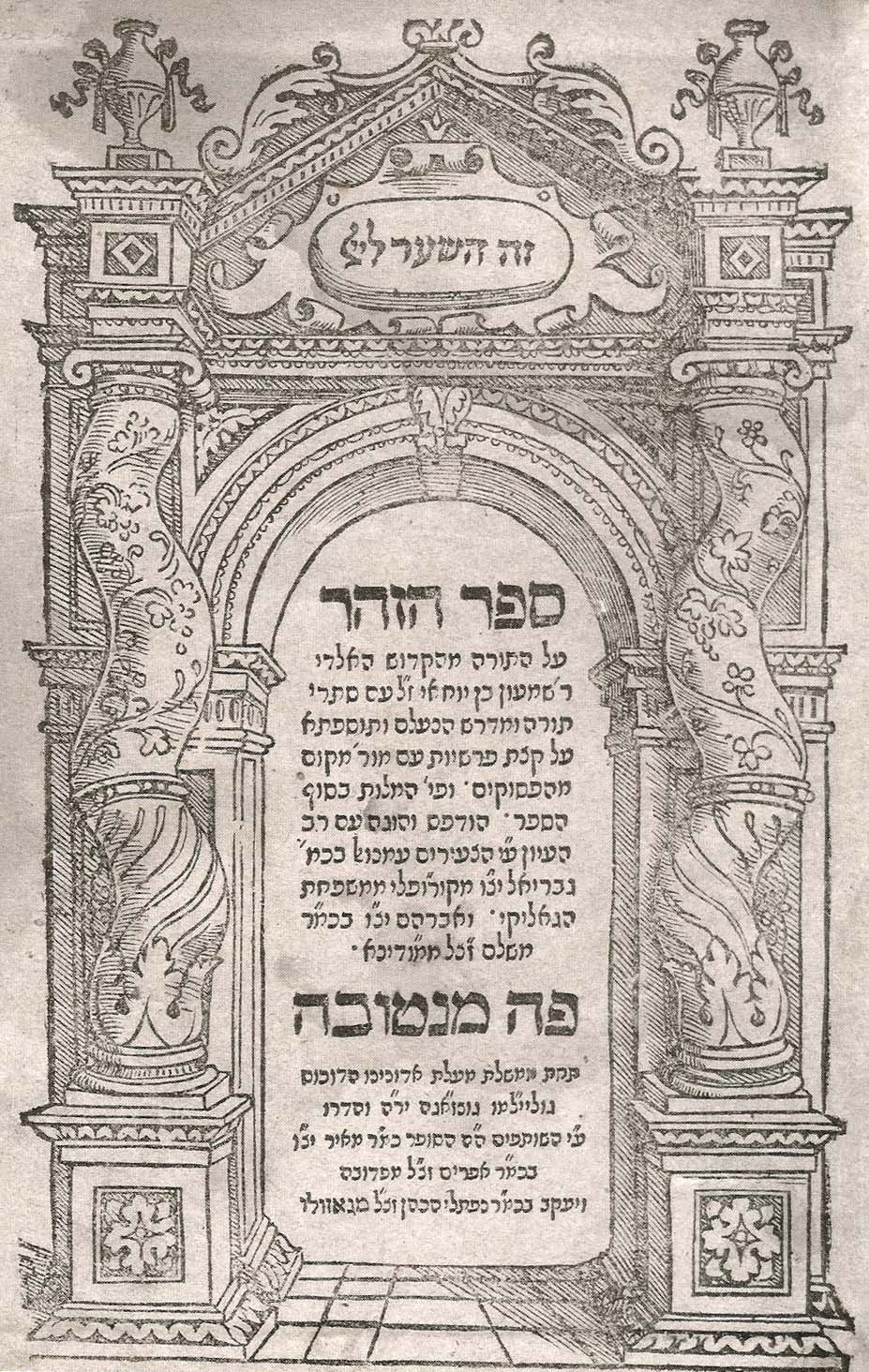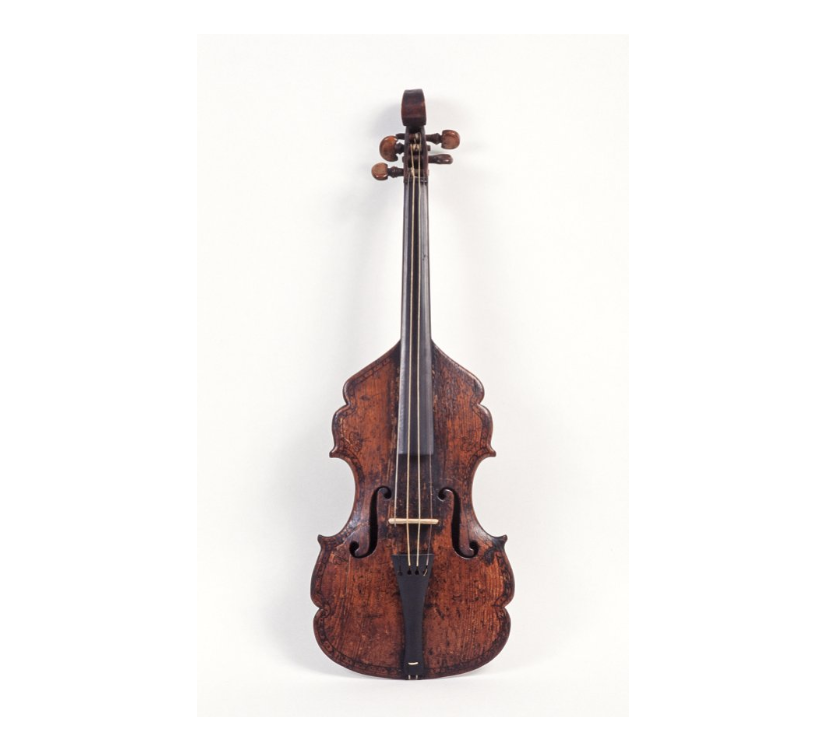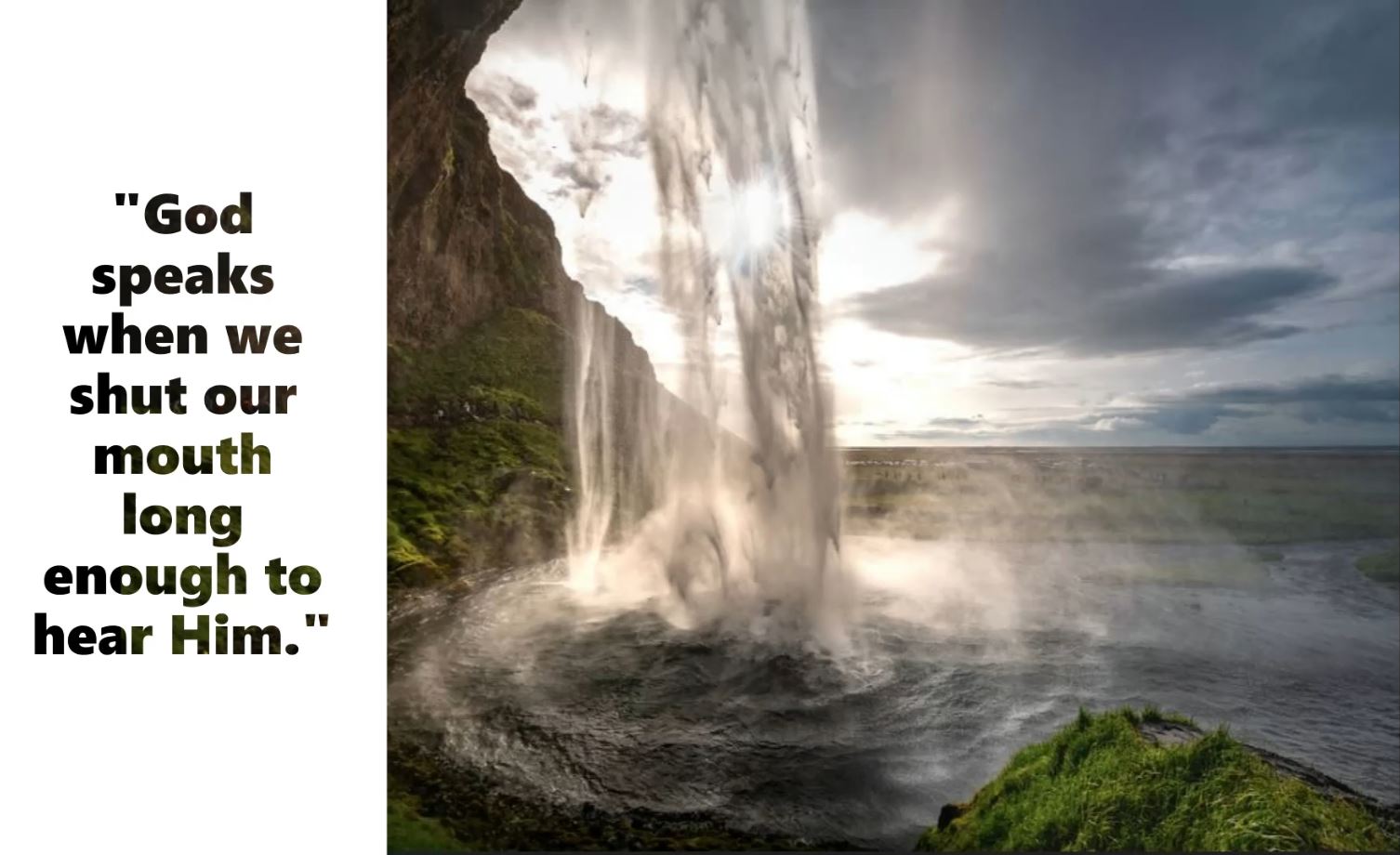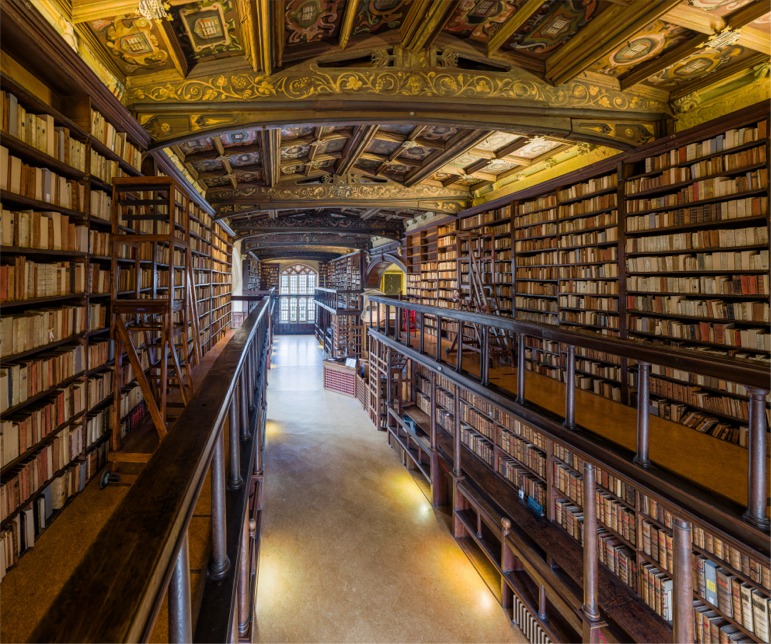To download a list of New Testament references in the academic Pritzker Edition of the Zohar, please click below. I have restricted this to the Pritzker Edition because it is the only academic edition of the Zohar available.
The printing of the Mantuan 1558-60 Aramaic and Hebrew Sefer ha-Zohar al ha-Torah (Book of Zohar, on the Torah) ― the “first ever” Zohar was finally printed by consent of the chief Rabbi of Mantua, Isaac de Lattes, after great hesitation, because they believed “the Messiah was about to be revealed”. Papal consent was given to the printing of the Mantuan edition by Pope Paul IV. The original printing was supervised by Rabbi Isaac ben Solomon de Bassan (Rabbi Isaac Bassano) of the Mantuan Synagogue. The following excerpt is recorded inside the Mantuan Sefer ha-Zohar al ha-Torah:
That the hand of the government which rules over us with great wisdom has not touched or harmed us [the Kabbalists] is to be explained only by the fact that the government has the good intention of removing the thorns and cruel expressions that provoke hostility between Christians and Jew. But those rabbis — the opponents of the Zohar — who wish to uproot everything are the true destroyers of the world.
There has been much misunderstanding of the Zohar because it was perceived as Jewish mystical book, whereas in reality it is one of the earliest commentaries of the Bible, and it includes many of Jesus’ parables, riddles, and Jewish Essene teaching. Unfortunately, some Christian scholars have chosen to demonize it because it is Jewish, claiming it was Gnosticism. Let me correct these heresies by teaching
from the Gospel of John, which was penned by the Apostle John circa 95AD to
refute two heresies about Jesus: The Ebionites (from the Hebrew אביונים “poor ones”) and the empty babbling of γνώσεως (Gnosis), referring to the two philosophies of men: Zoroastrianism and the Alexandrian materialistic blend of Judaism with Neo-Platonism, as expounded by Philo.
The Apostle John begins with the Greek statement Ἐν ἀρχῇ (In the beginning) in John 1:1, taken taken from Genesis 1:1, which has a profound Aramaic meaning: אלהים ארב בְּרֵאשִׁית (Be-Reshit bara Elohim), In the beginning God created, where Elohim (or Hashem to the Jewish people) pondered Creation for 2000 years, considering each one of us, before He ignited the process of Creation. The Apostle John was the only Apostle who delved into the Kabbalistic wisdom of Jesus specifically dealing with the Creation of the World, the Word, and the Name of the Messiah. This is directly from Zohar 1:1a, which is a commentary of Genesis 1:1 also reflected in John 1:1.
There are fifty-eight direct New Testament references in the Zohar, with thousands of imageries throughout various volumes. I have compiled a list from the academic Pritzker Edition of the Zohar, from the Gospels through to the Book of Revelation and the return of our Messiah. I hope you will continue to delve into this series approved by Christian Pope Paul IV. Without his approval, the light of this document may never have revealed the time of the Messiah. “Now learn a lesson from the fig tree” (Matthew 24:32), for we will not know the day, but only the season, and all these things must take place: “However, no one knows the day or hour when these things will happen, not even the angels in heaven or the Son himself. Only the Father knows” (Matthew 24:36).
A list of the fifty-eight New Testament References in the Zohar:
1. Matthew 9:37;[1]
2. Matthew 16:19;[2]
3. Mark 1:9-11;[3]
4. Luke 1:42;[4]
5. Luke 10:2;[5]
6. John 1:1;[6]
7. John 1:1-3;[7]
8. John 1:50-51;[8]
9. 1 Corinthians 13:12;[9]
10. Galatians 4:7;[10]
11. Hebrews 3:5-6;[11]
12. Revelation 1:8;[12]
13. Revelation 9:11;[13]
14. Revelation 21:2.[14]
The topics range from Creation to baptism in water, the blessing upon women, Jacob’s ladder (John 1:50-51), faith, hope, love (1 Corinthians 13:12), the Tabernacle and the sons of God (Hebrews 3:5-6), the Aleph and the Tav (Mark of Idolaters), the Destroyer, and the new Jerusalem in the World to Come.
_____________________________
© 2022 inclusive Dr Peter D Matthews. All rights reserved. This academic paper may be freely used for academic purposes, subject to citing Dr Peter D Matthews as the author.
[1] Dr Daniel C Matt, The Zohar, Pritzker Edition (Volume 8), 1st ed. (Stanford University Press, 2014), 319.
[2] Dr Joel Hecker, The Zohar, Pritzker Edition (Volume 11), 1st ed. (Stanford University Press, 2016), 667.
[3] Dr Daniel C Matt, The Zohar, Pritzker Edition (Volume 9), 1st ed. (Stanford University Press, 2016), 83.
[4] Matt, 254.
[5] Matt, The Zohar, Pritzker Edition (Volume 8), 319.
[6] Dr Daniel C Matt, The Zohar, Pritzker Edition (Volume 7), 1st ed. (Stanford University Press, 2012), 404.
[7] Dr Nathan Wolski, The Zohar, Pritzker Edition (Volume 10), 1st ed. (Stanford University Press, 2016), 3.
[8] Hecker, The Zohar, Pritzker Edition (Volume 11), 692.
[9] Dr Daniel C Matt, The Zohar, Pritzker Edition (Volume 1), 1st ed. (Stanford University Press, 2003), 209, 244, 268, 272, 291, 384; Dr Daniel C Matt, The Zohar, Pritzker Edition (Volume 2), 1st ed. (Stanford University Press, 2003), 196, 283, 385; Dr Daniel C Matt, The Zohar, Pritzker Edition (Volume 3), 1st ed. (Stanford University Press, 2005), 17, 31, 401, 449; Dr Daniel C Matt, The Zohar, Pritzker Edition (Volume 4), 1st ed. (Stanford University Press, 2007), 81, 449; Dr Daniel C Matt, The Zohar, Pritzker Edition (Volume 5), 1st ed. (Stanford University Press, 2009), 211; Dr Daniel C Matt, The Zohar, Pritzker Edition (Volume 6), 1st ed. (Stanford University Press, 2011), 100, 265; Matt, The Zohar, Pritzker Edition (Volume 9), 399, 718; Wolski, The Zohar, Pritzker Edition (Volume 10), 58,138, 169, 232, 281, 369, 559; Hecker, The Zohar, Pritzker Edition (Volume 11), 370, 616; Dr Joel Hecker and Dr Nathan Wolski, The Zohar, Pritzker Edition (Volume 12), 1st ed. (Stanford University Press, 2017), 9–10, 57.
[10] Hecker, The Zohar, Pritzker Edition (Volume 11), 300.
[11] Hecker and Wolski, The Zohar, Pritzker Edition (Volume 12), 217.
[12] Matt, The Zohar, Pritzker Edition (Volume 1), 112, 175, 233, 280, 344; Matt, The Zohar, Pritzker Edition (Volume 2), 57, 165, 202, 279, 418; Matt, The Zohar, Pritzker Edition (Volume 3), 118, 441 517; Hecker, The Zohar, Pritzker Edition (Volume 11), 307, 411; Hecker and Wolski, The Zohar, Pritzker Edition (Volume 12), 553, 607.
[13] Matt, The Zohar, Pritzker Edition (Volume 1), 361; Matt, The Zohar, Pritzker Edition (Volume 9), 182, 753; Hecker, The Zohar, Pritzker Edition (Volume 11), 613; Hecker and Wolski, The Zohar, Pritzker Edition (Volume 12), 198.
[14] Matt, The Zohar, Pritzker Edition (Volume 1), 52.



